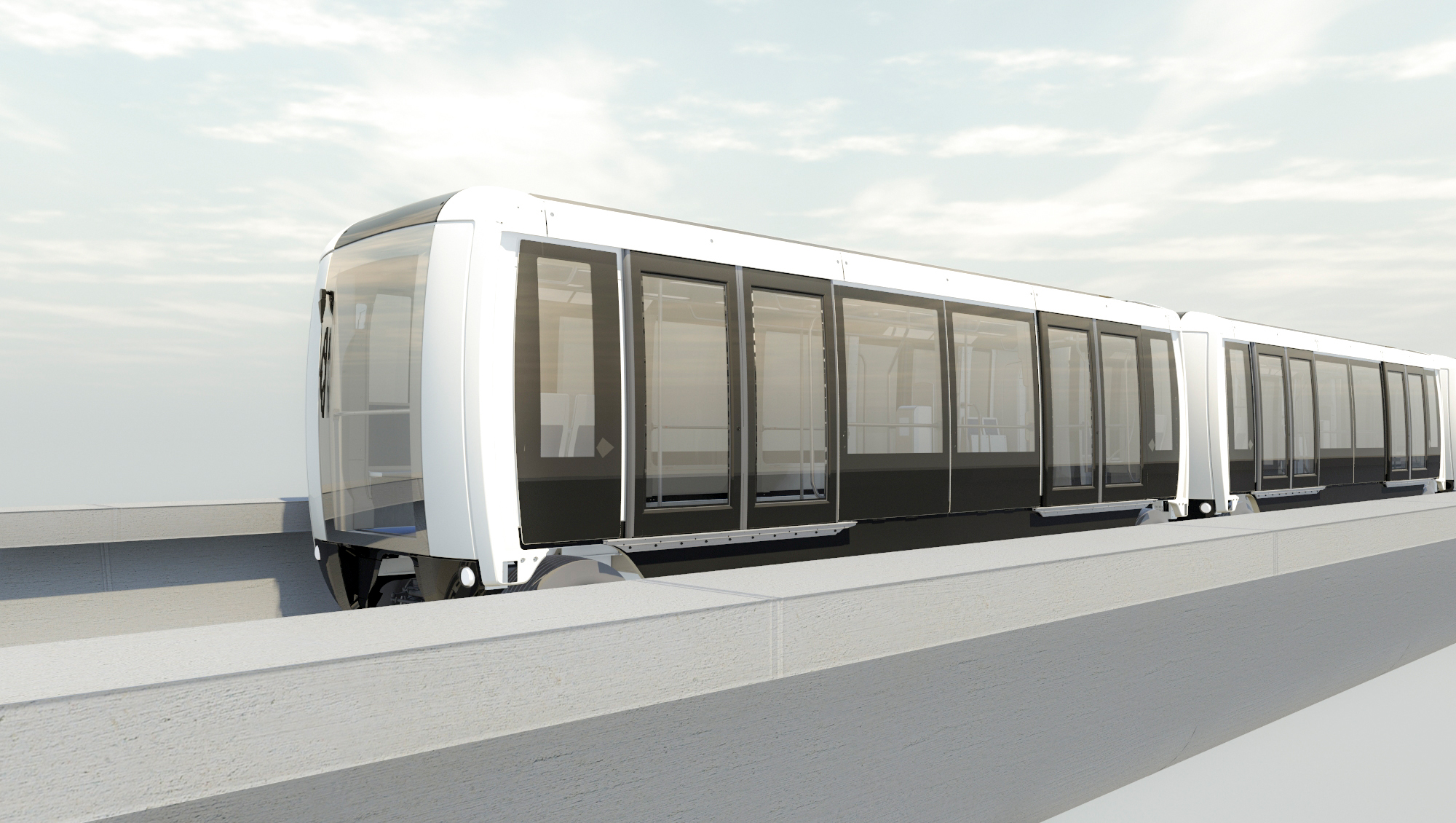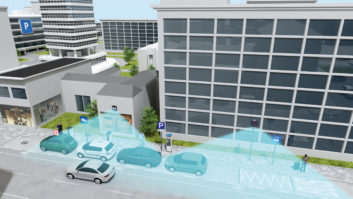
The Smart Cities Marketplace at CES 2018 is activating awareness about the growing significance of this connected ecosystem. Located in Tech East in the Westgate this week, CES attendees can experience the technologies and the solutions in this burgeoning environment.
By why are smart cities so beneficial? Here we present four of the biggest benefits — and examine some of the threats.
Get this kind of CE coverage all year long — subscribe to the free TWICE eNewsletter.
1. The Trains Run on Time
Don’t thank Mussolini-style fascism, thank smart infrastructure. Hitachi has developed train technology that gets real time feedback on routes and can optimize for the fastest path if several are open. And if the trains aren’t on time, your real-time transit app will keep you posted about its arrival or possible workarounds.
2. The Air is Cleaner
A major component of the smart city push is an effort to improve sustainability. That means cities are increasingly adopting efficient technologies, like LED lighting, but also using sensors to control infrastructure (like heating and cooling systems) more efficiently. The next wave is much tighter integration built around a smarter electric grid, Dominique Bonte, VP of research at ABI Research predicted. “We’ll have more micro-grids, solar panels and head pumps. Today, they’re viewed in isolation, but they can help each other,” Bonte says. A smart grid can automatically allocate energy from devices that don’t need it to devices that do, in real time. Your electric car can draw power from a smart grid, but also deliver power back to the grid when its batteries are full.
3. They’re More Secure and Resilient
Cities face a multitude of threats, both natural and man-made. Smart city technologies like networked surveillance cameras powered by artificial intelligence will be able to ingest thousands of gigabytes of video data in real time, perform machine vision and object detection on those feeds and identify potential trouble spots. Smart city technology will also help cities bounce back quicker from natural disasters. Bonte points to Tokyo, which has unused Wi-Fi capacity set aside in the event that an earthquake or tsunami destroys existing network infrastructure. The same de-centralized micro-grids and solar panels that reduce pollution will also minimize power interruptions after storms and other natural disasters.
4. They’re Innovative
Smart cities are often marked by close public-private partnerships and partnerships between universities and other stakeholders, Atkinson says. As technology is deployed and the other benefits sketched above are realized, more companies and startups will want to do business in a given smart city, Atkinson says.
Smart City, Smart Threats
As cities embrace interconnected and networked technologies, they open the door to new threats. Chief among them is the security of their infrastructure.
“Security hasn’t been a massive roadblock yet to the rollout of smart city technology, but it’s potentially the biggest roadblock,” Eric Woods, research director at Navigant Research said. Between poorly designed devices, naive users and an increasing complicated supply chain, keeping smart cities safe from cyber threats is a major challenge.
That said, “one important thing to know about cities is that they are very risk-averse,” Woods said. To date it’s been more of a challenge to convince city officials to embrace smart technology than it is stopping a mad and irresponsible rush to deploy the technology without adequate safeguards, he adds.
“Smart cities will be just as vulnerable as corporate America” when it comes to data breaches and cyber-attacks, Stephanie Atkinson, founder and CEO of Compass Intelligence predicted. “There is no such thing as 100 percent pure safety” but cities will need to have plans in place and hold vendors accountable when and if things go bad, she added.
There are also concerns about privacy. While many citizens are becoming inured to surveillance cameras, they may not be comfortable with next-level face detection algorithms tracking, recording and analyzing their stroll about town. What cities will do with this and other personal data they collect is another looming issue, Woods said. “We’ll see this region-by-region, essentially a negotiation between city and citizens around the right way to use this data,” Woods notes.













